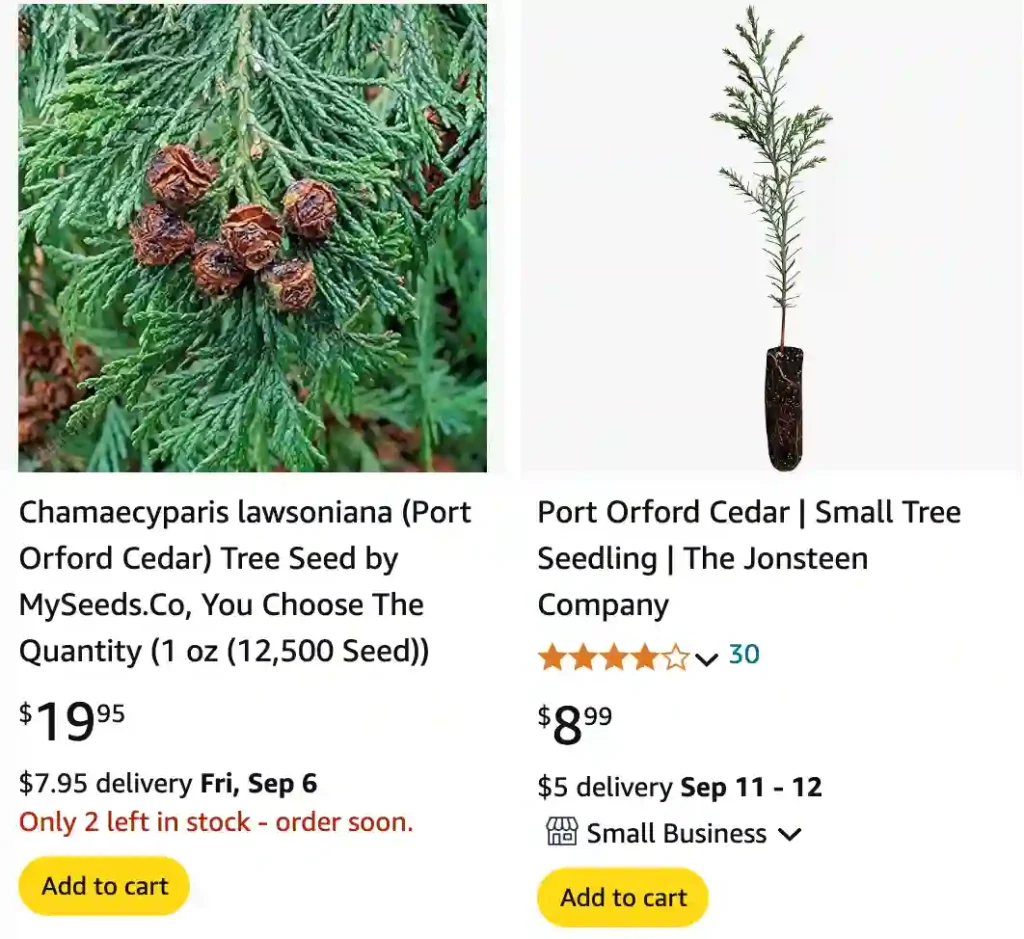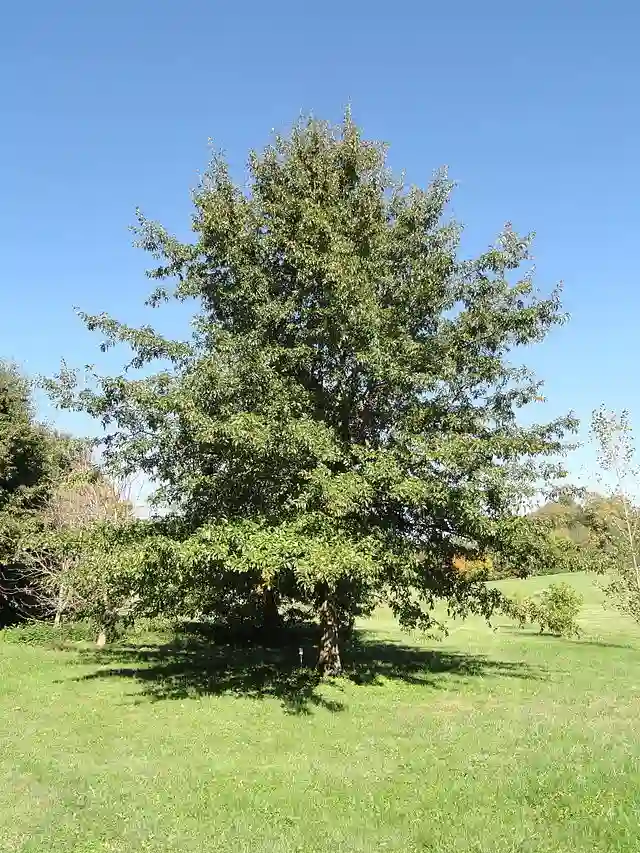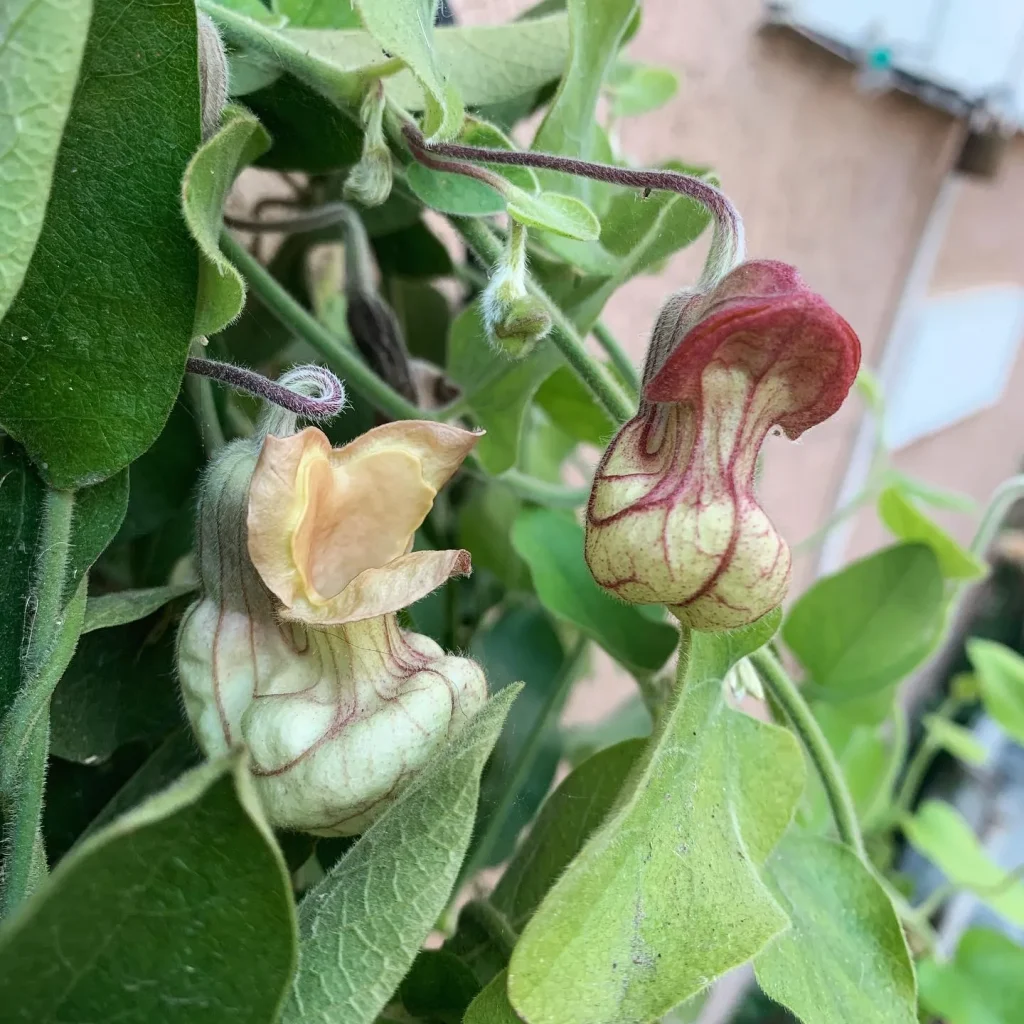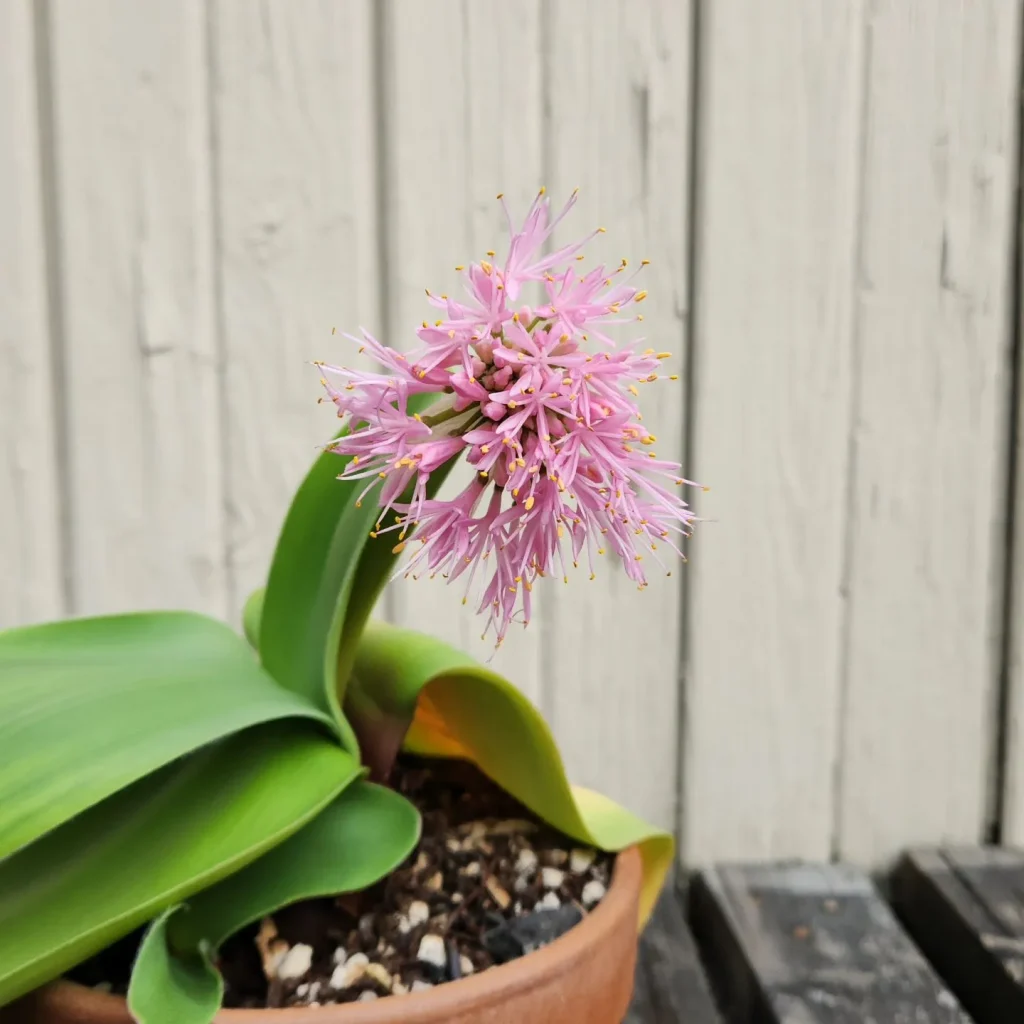
FAQs About Chamaecyparis Lawsoniana
As someone who has spent quite a bit of time with Chamaecyparis Lawsoniana, I can share some insights and answers to common questions about this beautiful tree. Whether you’re new to gardening or looking to add this plant to your collection, here’s everything you need to know.
5 Species in Genus Chamaecyparis
How to Grow Chamaecyparis Lawsoniana?
Growing Chamaecyparis Lawsoniana, commonly known as Lawson Cypress or Port Orford Cedar, can be a rewarding experience. I’ve found that this tree thrives in well-drained, slightly acidic to neutral soil. It’s essential to plant it in a spot that receives full sun to partial shade. I’ve had success with it in various soil types, but good drainage is key to preventing root rot.
The best time to plant Lawson Cypress is in the spring or fall. This allows the tree to establish its roots before the more extreme temperatures of summer or winter. When planting, dig a hole twice as wide as the root ball and just as deep. Mix some compost into the soil to give it a nutrient boost.
How to Care for Chamaecyparis Lawsoniana?
Caring for Chamaecyparis Lawsoniana involves regular watering, especially during the first few years while it’s establishing. I water mine deeply about once a week during dry spells. Once established, it’s relatively drought-tolerant but still benefits from occasional watering.
Mulching around the base helps retain moisture and keeps weeds at bay. I usually apply a 2-3 inch layer of mulch, making sure it doesn’t touch the trunk to prevent rot.
How to Prune Chamaecyparis Lawsoniana?
Pruning Chamaecyparis Lawsoniana is straightforward. I generally prune it in late winter or early spring before new growth starts. The primary reason for pruning is to remove any dead or diseased branches and to shape the tree if needed. Avoid heavy pruning, as it can disrupt the natural shape and growth pattern of the tree.
To prune, use sharp, clean pruning shears. Trim back to just above a healthy bud or branch junction. Regular pruning helps maintain the tree’s health and appearance.
Is Chamaecyparis Lawsoniana Poisonous to Cats?
One of the common questions I get is whether Chamaecyparis Lawsoniana is poisonous to cats. The good news is that this tree is not listed as toxic to cats. While it’s always a good idea to keep plants out of reach of pets, I haven’t encountered any issues with cats and this particular species.
Where Can I Buy Chamaecyparis Lawsoniana Snow Queen?
If you’re looking for the Chamaecyparis Lawsoniana Snow Queen variety, several online nurseries and garden centers offer it. I’ve found reliable sources like local specialty nurseries and well-known online retailers to be a good start. Make sure to check customer reviews and the nursery’s return policy before purchasing.
How to Propagate Chamaecyparis Lawsoniana?
Propagating Chamaecyparis Lawsoniana can be done through cuttings. I usually take semi-hardwood cuttings in late summer or early fall. Cuttings should be about 4-6 inches long with several sets of leaves. Dip the cut end in rooting hormone and plant it in a pot filled with a mix of peat and sand.
Keep the cuttings in a humid environment and out of direct sunlight until they develop roots, which can take a few months. Once rooted, they can be transplanted to their permanent location.
What to Plant With Chamaecyparis Lawsoniana?
Chamaecyparis Lawsoniana pairs well with other conifers and shrubs in garden settings. In my garden, I’ve combined it with Japanese maples and evergreen shrubs to create a lush, layered look. It also works well as a backdrop for flowering perennials or as part of a mixed hedge.
Can You Grow Chamaecyparis Lawsoniana Indoors?
While Chamaecyparis Lawsoniana is primarily an outdoor tree, it’s possible to grow it indoors if you can provide the right conditions. It requires a lot of light, so a south-facing window or grow lights are essential. Keep in mind that indoor conditions can be challenging, and the tree might not thrive as well as it does outdoors.
Benefits of Chamaecyparis Lawsoniana
Chamaecyparis Lawsoniana is valued for its attractive, dense foliage and its ability to provide year-round greenery. It’s an excellent choice for privacy screens, windbreaks, and ornamental landscaping. Its lush, fern-like leaves and natural shape add texture and depth to any garden.
Common Problems with Chamaecyparis Lawsoniana
One common issue with Chamaecyparis Lawsoniana is root rot, particularly in poorly drained soil. Keeping the soil well-drained and not overwatering can help prevent this. Another problem I’ve encountered is pest infestations, such as spider mites, which can cause browning of the foliage. Regular inspection and treatment with appropriate insecticides can manage these issues.
Comparison with Similar Plants
Chamaecyparis Lawsoniana is often confused with other cypress species, like Chamaecyparis Obtusa (Hinoki Cypress) or Cupressus Arizonica (Arizona Cypress). While they share some similarities, Lawson Cypress is distinguished by its more open, feathery foliage and blue-green color. Hinoki Cypress tends to have more compact foliage with a darker green hue, and Arizona Cypress often has a more silvery or blue-gray tint.
In summary, Chamaecyparis Lawsoniana is a versatile and beautiful tree that can enhance any garden. With proper care and attention, it will provide years of enjoyment. Whether you’re growing it for its aesthetic appeal or practical uses, this tree is a wonderful addition to any landscape.
If i die, water my plants!



